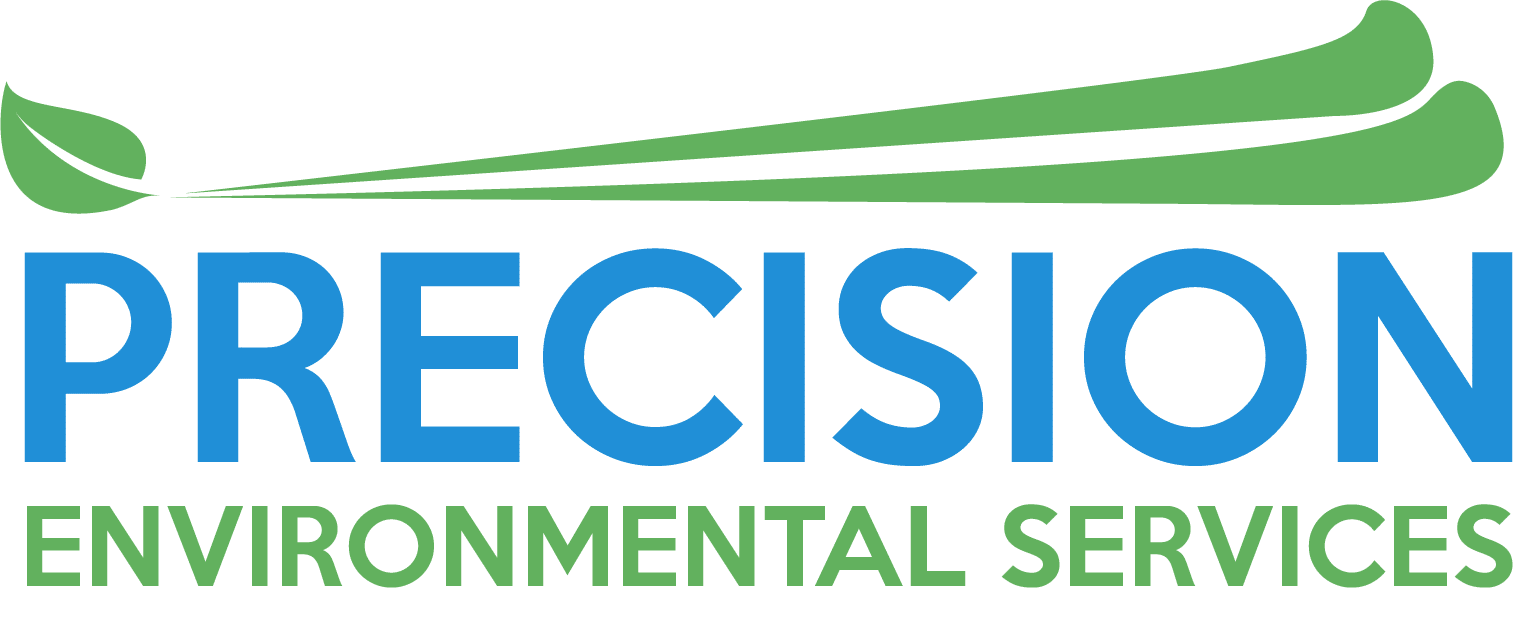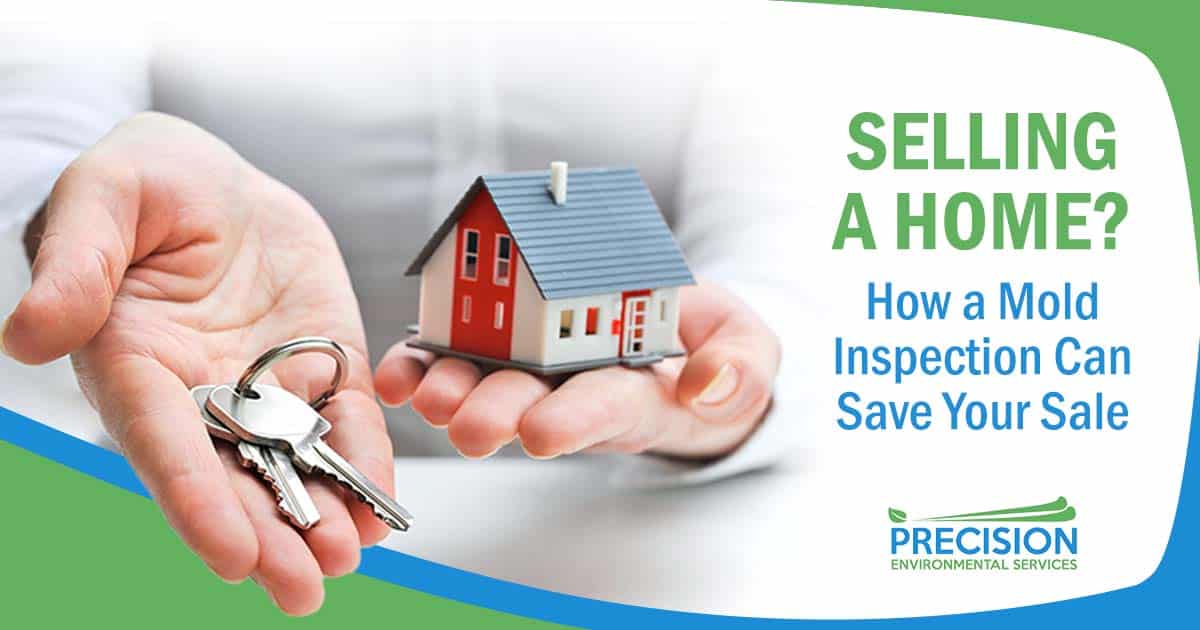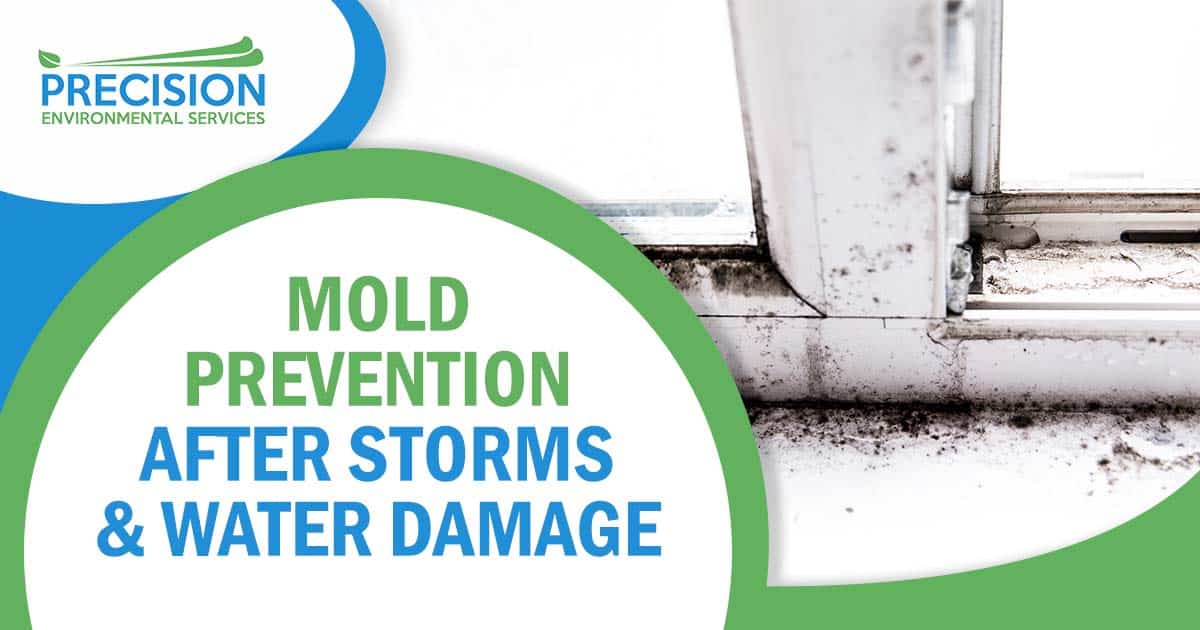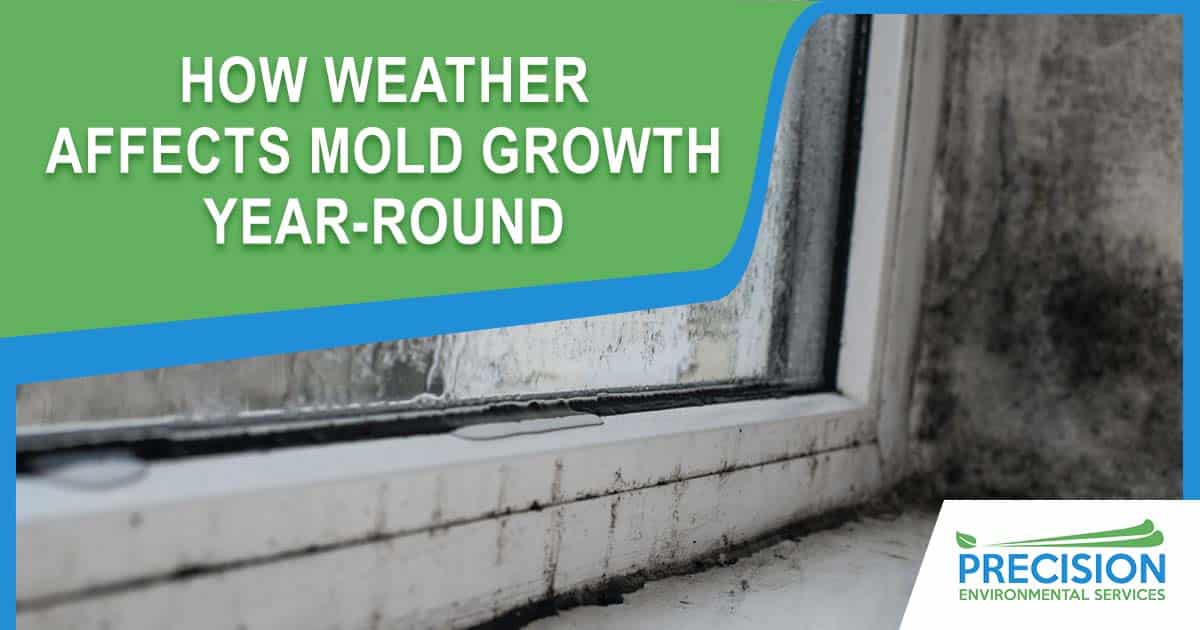Mold Inspection and Testing
Get Estimate
Mold Inspection & Testing Services
On the heels of a pandemic, more people are being mindful of their health. More people are also purchasing homes. While it doesn’t seem like buying a home and your family’s health go hand in hand, they actually do. This is because mold hides in homes and can greatly affect your family’s health. That’s why you should consider mold inspection and testing prior to purchasing a house, or in your already existing home. Mold inspections help you see if dangerous or out-of-control mold resides in your household. While typical home inspectors may mention something about mold in their report, they aren’t actually inspecting for mold. Furthermore, most are not qualified to say for certain if mold exists and if it’s dangerous or not. A professional mold inspector takes a deeper look. They also take samples to make sure your home is as healthy as it can be.
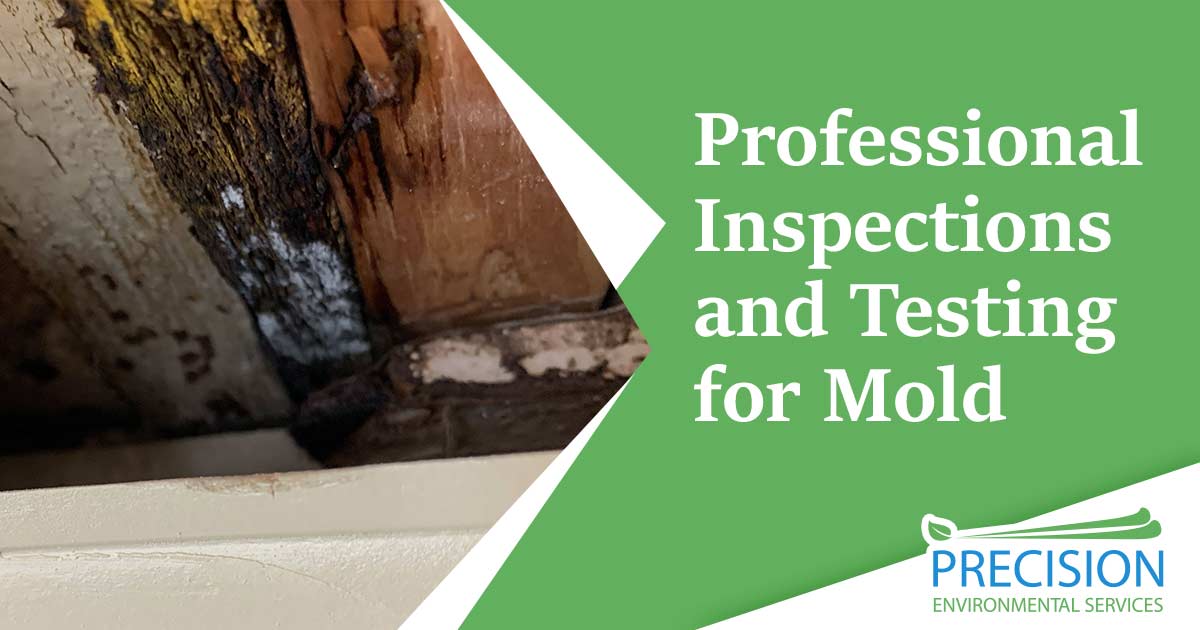
What is Mold?
Mold is a fungus. It thrives in damp places. Mold spreads by microscopic particles called spores. These spores easily float around through the air landing on various surfaces in your home. If that surface would make a great place to live, it stays and spreads. Mold spores are actually everywhere, both indoors and outdoors. Even if you could manage to eliminate all of the mold spores from your home, you’d bring some home with you every time you leave your house. So rather than wage an endless war against the spores themselves, the best thing you can do is make your home inhabitable to mold colonies. If mold spores land on a dry surface, then they won’t form mold. This is why you should always repair all leaks and make sure your kitchen and bathrooms vent properly. If left alone, mold can damage the surface it is growing on and worsen allergy or asthma symptoms.
Identifying Mold
As a fungus, mold can grow and thrive almost anywhere. It only takes a small amount of mold to begin causing problems. Of the hundreds of thousands of types of mold, many are not harmful. However, there are some that can be toxic to human health. Most molds fall into three categories:
- 1) allergenic
- 2) pathogenic
- 3) toxigenic
Ranging from molds that cause allergic reactions, to molds that can aggravate symptoms of existing conditions, to others that can lead to serious, life-threatening conditions there are many ways that mold can affect the health of your family.
When is Mold Inspection Needed?
You should inspect for mold any time your home has sustained water damage. This includes basement floods, leaky roofs, broken pipes, etc. Basically, any place in your home that was wet for an extended period of time (longer than 24 to 48 hours). These areas are a breeding ground for mold. It’s also a good idea to hire a mold inspector if you’re purchasing a new home.
While the previous homeowner should disclose any water damage issues, sometimes they can’t or simply don’t. This makes it very difficult to know what kind of water damage may have happened in the house. This is especially true if the home was sitting vacant for an extended period of time. In unoccupied homes, leaks often go unnoticed and humidity can build up with no ventilation, both of these instances can lead to mold growth.
If you find white, green, blue, or black molds growing in your home, it’s a good idea to call an inspector. Especially if you clean it up and it continues to return. It may be a sign of a larger mold problem that isn’t restricted to just one location.
Is Mold Testing Necessary?
If you have already spotted visible mold, testing may not be necessary. You simply need to have the mold removed following standard guidelines. But what if you only suspect there is mold in your home? There are several telltale signs that mold may be present, including:
- Buildup of Condensation: Condensation provides a couple of signs of potential mold growth. Because condensation can build on almost any surface, it can create a perfect place for mold to grow. It may also be the main issue causing mold to continue spreading.
- Water Damage: Mold is attracted to moist environments, so water damage that is visible could be a sign of a longtime problem in your home. Signs damage include peeling, discoloration and dampness.
- Unusual Smells: Mold often has a damp, or musty, scent. If you have not noticed any visible mold or water damage in your home, this may be a good clue that there may be mold growing somewhere in your home. Typically, the worse the smell, the more likely it is that you have a mold problem.
- Decaying Conditions in Your Home: Moisture and mold can cause all kinds of problems once it is growing in your home. You may notice drywall and wood beginning to warm. The moisture can also cause paint to chip or your wallpaper to peel. These are all signs that your home may have mold, and a professional may need to be called.
- Health Problems: As you know, some molds can be harmful to humans. When people are exposed to it, they may experience a variety of symptoms that seem like they could be a cold, or flu. Those symptoms include itchy or watery eyes, congestion, sore throat, breathing problems or more frequent headaches.
One thing to keep in mind is that even if you can see mold, and choose to move straight to remediation, an inspector will likely need to survey the damage anyway to determine the extent of the issues. This also is considered a mold inspection.
Mold Inspection vs. Mold Testing
If you’re thinking about testing for mold, you’ll likely find several different mold testing services available. Let’s talk about the difference between mold inspections and mold testing. A mold inspection simply looks for the presence of mold and tries to determine the size of mold problems (usually in square feet). Whereas mold testing tries to determine the types of mold present in your home and how many mold spores are in your air (checking air quality).
It’s important to remember that every indoor environment has mold spores present. These may be a result of mold in the home or simply mold spores that have drifted in from the outside air. This means that the spores picked up in an indoor air quality test may not actually be growing inside your home. It’s equally important to understand that the EPA (Environmental Protection Agency), does not have guidelines for how many mold spores are acceptable inside a house. These two things mean that mold testing may not always be useful. Instead, it’s better to have a professional mold inspection that will search for mold colonies growing within your home.
What Happens During a Mold Inspection?
A mold inspection is essentially a visual inspection for mold. However, the biggest difference is that mold inspectors are trained on what to look for, making it more extensive than typical home inspections. They also have more equipment and tests to help them search for mold. One piece of equipment they may carry is a moisture meter. The inspector searches the house thoroughly, paying special attention to areas that are more prone to the growth of mold. In some cases, they may need to remove paneling or drywall to get a better look within the walls or ceiling of your home.
If the inspector finds mold, then they’ll try to also locate the source of the moisture causing the mold growth. From there, they’ll talk to the homeowner about a mold remediation plan. Now, if you can see visible mold in your home then an inspection isn’t needed to move directly to remediation.
How Much Does a Mold Inspection Cost?
As with other home services, prices can vary from region to region. However, when it comes to local mold inspections the difference is usually quite small. There are two things that affect the cost of a mold inspection. Those are:
- Property Size
- Invasiveness of Inspection
As you might expect, the larger a home is the more it will cost to inspect. As a general guideline for mold inspections, a small to medium-sized home (below 4,000 square feet) will typically cost between $300 and $400. The price for inspecting a home larger than 4,000 square feet typically runs between $700 and $900.
The price of an inspection will also increase depending on how invasive the inspection needs to be. If the inspector needs to dig through drywall or go under a crawlspace to check for mold, the price may go up because of the extra time and work involved.
You should always ask what is included in the inspection as the price may not cover the cost of the mold test to determine which mold type is present. Oftentimes these tests require that a sample be sent to a laboratory for a mold assessment. They may also take air samples for analysis as well. Some companies that work as mold remediators will do the inspection for free, provided you hire them for remediation services to remove mold as well.
Hiring a Professional to Perform a Mold Inspection and Testing
Receiving a professional assessment will give you a better understanding how mold in your home is affecting your everyday life. Once you have a clearer picture of the damage mold is doing to your home, most inspectors can also perform, or help you plan, for the mold removal services.
If you need assistance evaluating and removing the mold in your home, contact Precision Environmental Services and their accredited inspectors at (940) 597-2673.
Mold Remediation
The first part of a remediation plan is to remove the source of moisture. This could mean repairing a leak or even creating better ventilation to reduce condensation. If the moisture source is not eliminated, then the indoor mold removal will be in vain as it will return.
It is nearly impossible to completely remove mold from porous surfaces, so they will need to be removed and replaced. If the contamination area is more than 10 square feet, then the EPA recommends calling a professional mold remediation contractor. Mold can be very dangerous, especially for those with asthma or allergies. Professional companies have the necessary safety equipment to take care of the problem efficiently. This is especially true in the event of toxic black mold.
Once the mold is removed, be sure to do what you can to prevent mold from returning. Promptly repair leaks. Clean and dry things quickly (within 24 to 48 hours). Control the humidity in your home by running the air conditioning and using dehumidifiers. Install vents in bathrooms and kitchens.
Frequently Asked Questions about Mold Inspection and Testing
Call for an estimate!
940-597-2673
Learn More About Mold Inspections and Mold Testing
Why Rainy Weather Can Lead to Mold Growth Indoors (and What to Watch For)
Rainy and humid weather is common in many areas, particularly in Texas. For homeowners, wet weather can bring more than just inconvenience—it can also lead to mold growth inside the home. Mold thrives in moist, damp conditions, and with excess moisture from rain and...
Selling a Home in Dallas? How a Real Estate Mold Inspection Can Save Your Sale
How Mold Can Jeopardize a Real Estate Transaction Mold-Related Issues That Can Derail a Sale Mold is a common issue in homes, but it can become a significant problem during a real estate transaction. Buyers and lenders often require a home inspection before closing,...
Buying a Home in Texas? Don’t Get Stuck with a Hidden Mold Problem
The Hidden Risks of Buying a Home with Mold A home purchase is a significant investment, but hidden mold problems can turn it into a costly mistake. Many home buyers assume a standard inspection will uncover all potential issues, including mold. However, mold growth...
Commercial Mold Inspections: Why Dallas Business Owners Shouldn’t Ignore Mold
Mold is a serious issue for commercial properties. It can spread quickly, damage building materials, and create health risks for employees and customers. Many business owners overlook mold problems until they cause visible damage or legal issues. However, early...
Mold Prevention After Storms & Water Damage in North Texas
Severe storms and heavy rains are common in North Texas, often leading to flooding and water damage. When moisture enters a home, it creates the ideal environment for mold growth. Homeowners may face structural damage, health risks, and costly repairs without proper...
How Texas Weather Affects Mold Growth Year-Round
Texas weather creates the perfect environment for mold growth. High humidity, heavy rainfall, and temperature fluctuations contribute to year-round mold problems in homes and businesses. Mold can spread quickly without proper prevention, leading to structural damage...
